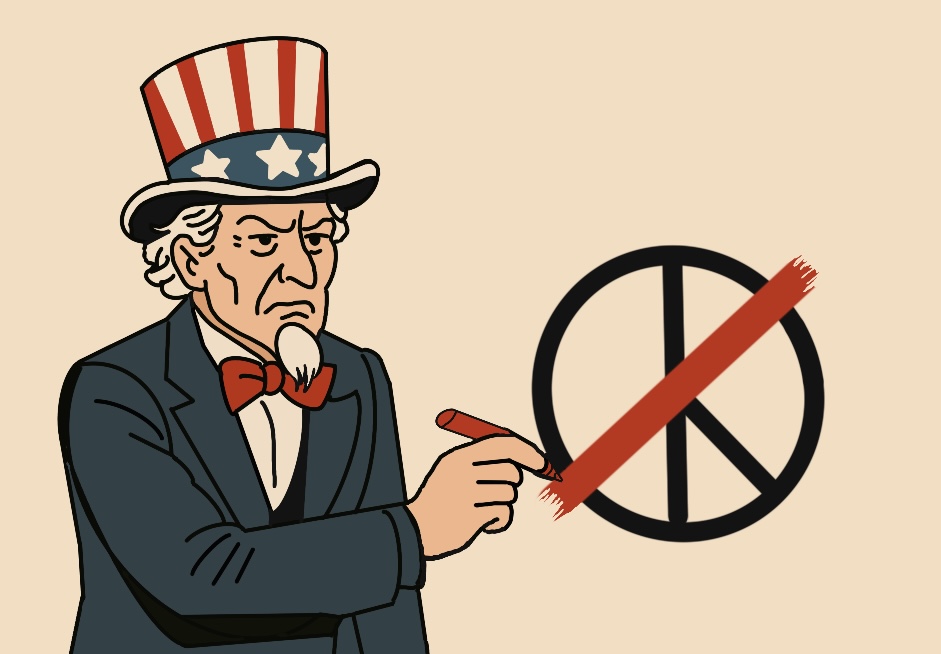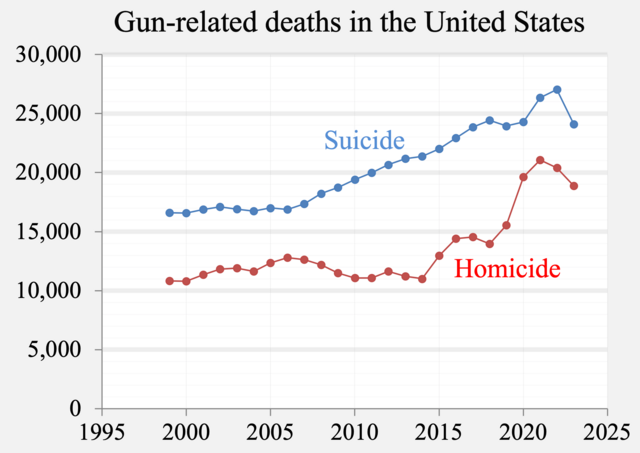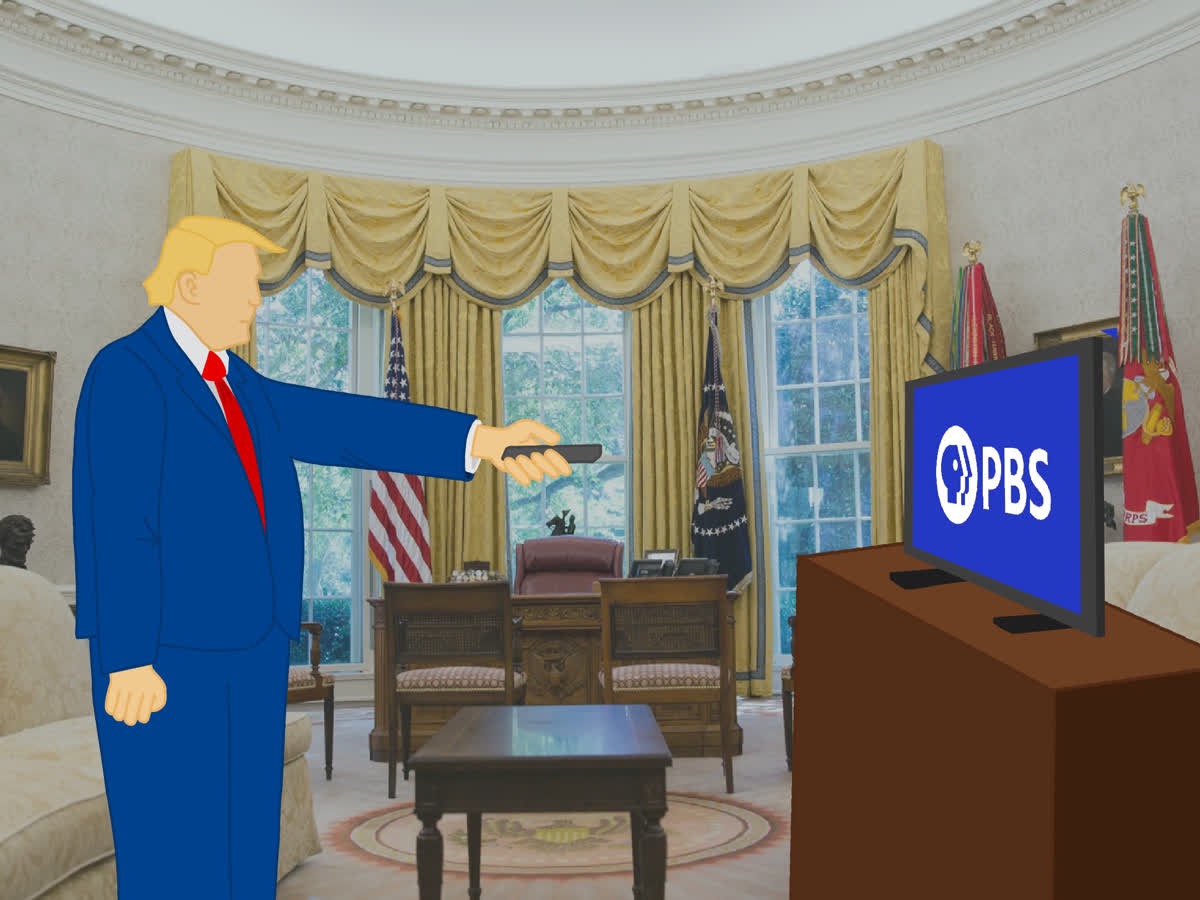By Alex Langan
Ever since July 6, 1933, the day the first All-Star Game in Major League Baseball was played, fans have enjoyed All-Star games and their festivities in all four major professional sports leagues in the US: the NFL, NBA, MLB and the NHL.
Despite a growing sentiment against All-Star games with many fans calling for their elimination, the games remain excellent vehicles for leagues to expand their brands and for players to gain national exposure.
All-Star games feature some of the most memorable moments from the sea- son outside of the playoffs. Festivities surrounding the games become legendary, with the Home Run Derby in baseball, the Slam Dunk Contest, Skills Showcase, Celebrity Game, Three Point Shootout and Rising Stars Game in basketball, and new events such as the Drone Catch Challenge, Dodgeball and accuracy con- tests in football.
The games also allow fans to vote for their favorite players to earn spots on All- Star rosters. MLB’s Final Vote creates ex- citing races for the final All-Star spots.
Players from smaller-market teams like the Atlanta Braves also benefit from All- Star Game exposure. The game provides opportunities to expand endorsements for shoes and other athletic gear.
When Paul Millsap of the Atlanta Hawks entered the NBA All-Star Game as a substitute, more people watched him than in any Hawks game this season, whose average local TV rating was 1.28 last season according to the Atlanta Journal Constitution.
Players from small market teams with losing records will see an even greater change in viewership since they do not have the added benefit of the nationally- televised playoff games to showcase their skills. An elimination of All-Star games does a disservice to the players of small- market teams across all four major professional sports leagues.
The games also give the stars of professional sports a chance to relax, un- wind and have fun. Trick plays, flashy highlights and players just having a good time in a game that is less serious is commonplace in All-Star competitions. While fans may be angered that there is a general lack of defense in All- Star games, the players are just putting on an offensive-powered show in their one lightweight game of the year.
In these games, players also get a chance to reunite with old teammates from college and former professional teams. There are often great moments between old teammates, such as the re- union of the dynamic duo of the Los Angeles Lakers from the early 2000s, Kobe Bryant and Shaquille O’Neal.
Former LSU wide receivers Jarvis Landry and Odell Beckham Jr. are known for their antics in their Pro Bowl appearances. They play for different NFL teams. Landry is with the Miami Dolphins while Beckham is with the New York Giants.
And who could forget the vintage moment between two legendary former Indianapolis Colts, as Green Bay Packers center Jeff Saturday switched teams to snap the ball to his former quarter- back Peyton Manning? Manning, at the time was with Denver Broncos, while Saturday retired after that 2013 Pro Bowl.
Moments from All-Star Games, such as Atlanta Braves catcher Brian Mc- Cann’s game-winning three-run double in the 2010 MLB All-Star game have gone down in league lore. Other plays including Cleveland Browns center Alex Mack’s 40-yard touchdown run off a lateral in the 2011 Pro Bowl provide comic relief after a stressful season for the players. Lakers superstar Magic Johnson made lifelong memories with his return to basketball in the 1992 NBA All-Star game from an HIV diagnosis, earning the MVP award in his first game back since the 1991 season.
Eliminating All-Star games not only takes away from the fans, but it hurts the players, too. Despite recent low ratings, the leagues still use All- Star games to expand their brands across the globe and it would be a travesty if the leagues considered re- moving All-Star games.






